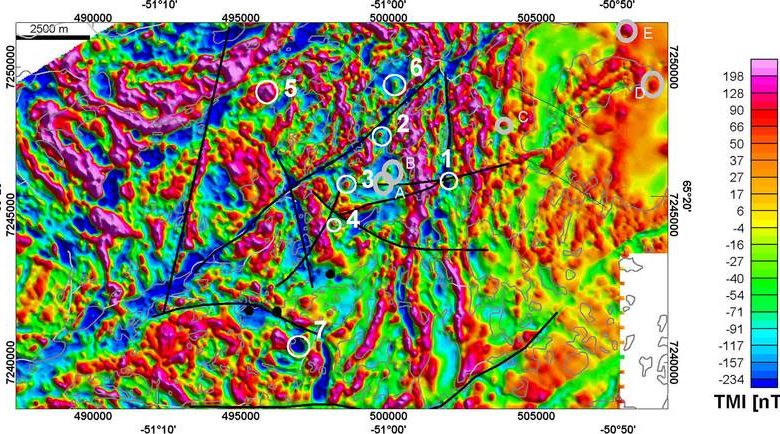All Categories
Featured
Table of Contents
Geophysical Survey in Cottesloe Western Australia 2022
Time slice from 23 to 25ns. This last slice is now practically all blank, but a few of the walls are still showing strongly.
How deep are these slices? The software application I have access to makes estimating the depth a little tricky. If, nevertheless, the top 3 pieces represent the ploughsoil, which is most likely about 30cm think, I would think that each piece has to do with 10cm and we are just coming down about 80cm in overall.

Thankfully for us, the majority of the sites we are interested in lie just listed below the plough zone, so it'll do! How does this compare to the other approaches? Comparison of the Earth Resistance information (leading left), the magnetometry (bottom left), the 1517ns time piece (leading right) and the 1921ns time slice (bottom left).
Geophysical Surveys In Portland, Or in Mt Helena WA 2021
Magnetometry, as talked about above, is a passive technique measuring local variations in magnetism versus a localised zero value. Magnetic susceptibility survey is an active technique: it is a step of how magnetic a sample of sediment might be in the existence of a magnetic field. Just how much soil is checked depends upon the diameter of the test coil: it can be extremely little or it can be reasonably large.
The sensor in this case is extremely small and samples a small sample of soil. The Bartington magnetic vulnerability meter with a big "field coil" in use at Verulamium throughout the course in 2013. Leading soil will be magnetically enhanced compared to subsoils simply due to natural oxidation and reduction.
By determining magnetic susceptibility at a fairly coarse scale, we can detect areas of human profession and middens. Sadly, we do not have access to a reliable mag sus meter, but Jarrod Burks (who assisted teach at the course in 2013) has some excellent examples. Among which is the Wildcat website in Ohio.
Geophysical Survey - An Overview in Merriwa Oz 2021
These villages are often laid out around a main open area or plaza, such as this reconstructed example at Sunwatch, Dayton, Ohio. Sunwatch Town, Dayton, Ohio (photo: Jarrod Burks). At the Wildcat website, the magnetometer survey had located a range of features and houses. The magnetic susceptibility study assisted, nevertheless, specify the main area of occupation and midden which surrounded the more open area.
Jarrod Burks' magnetic vulnerability survey arises from the Wildcat website, Ohio. Red is high, blue is low. The technique is for that reason of fantastic use in specifying areas of basic profession instead of determining specific functions.
Geophysical surveying is an applied branch of geophysics, which uses seismic, gravitational, magnetic, electrical and electro-magnetic physical approaches at the Earth's surface to measure the physical properties of the subsurface - Geophysical Survey Methods in Quinns Rocks Australia 2020. Geophysical surveying approaches usually measure these geophysical residential or commercial properties in addition to anomalies in order to assess numerous subsurface conditions such as the existence of groundwater, bedrock, minerals, oil and gas, geothermal resources, voids and cavities, and a lot more.
Table of Contents
Latest Posts
How To Become A Geophysicist in Mount Claremont Oz 2023
Geophysical Survey Next Step In Carbon Storage Study in Brookdale Western Australia 2023
Geophysical Investigations in Calista Western Australia 2022
More
Latest Posts
How To Become A Geophysicist in Mount Claremont Oz 2023
Geophysical Survey Next Step In Carbon Storage Study in Brookdale Western Australia 2023
Geophysical Investigations in Calista Western Australia 2022